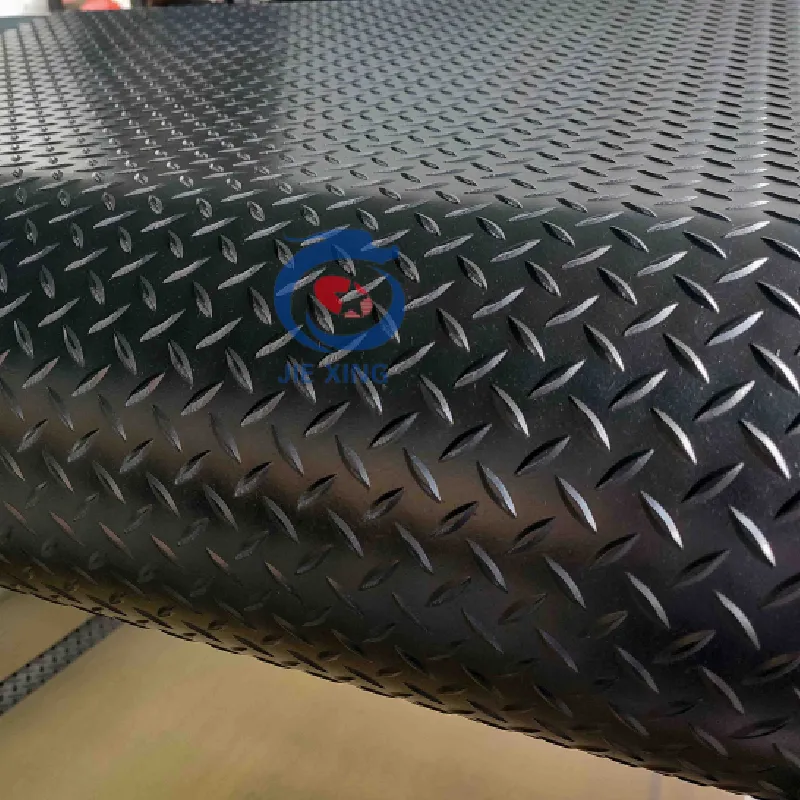edge tape for furniture
The Practical Uses and Benefits of Edge Tape for Furniture
When it comes to furniture making and finishing, attention to detail can make or break the overall aesthetic and durability of the piece. One often-overlooked element is the edge tape. This simple yet effective material serves not just a decorative purpose but also enhances the longevity and protection of furniture surfaces. In this article, we will explore the various uses, benefits, and types of edge tape for furniture, and how it can elevate your home or office decor.
What is Edge Tape?
Edge tape, often referred to as edge banding, is a narrow strip of material that is applied to the exposed edges of furniture, particularly particle board and MDF (medium-density fiberboard). This material is typically made from thin wood veneer, PVC (polyvinyl chloride), or other composites, and comes in a wide range of colors and textures. The primary purpose of edge tape is to cover the raw edges of manufactured wood panels, providing a finished look while protecting them from moisture, dirt, and physical wear.
Uses of Edge Tape
1. Edge Protection One of the primary functions of edge tape is to protect the vulnerable edges of furniture against damage, such as chipping, scratching, or water infiltration. This is particularly important for kitchen cabinets and countertops, which are frequently exposed to spills and moisture.
2. Aesthetic Enhancement Edge tape comes in various colors and finishes that can complement or contrast with the surface of the furniture. This versatility allows designers and DIY enthusiasts to create a polished and professional appearance for their projects, helping to achieve a cohesive look in any room.
3. Repair and Restoration Edge tape can also be used in furniture repair. If a piece has frayed edges or damaged laminate, applying new edge tape can restore its appearance and prolong its lifespan. This makes it an invaluable tool for refurbishing older furniture.
edge tape for furniture

4. Cost-Effective Solution For those on a budget, edge tape provides a cost-effective way to improve the look and durability of furniture without undergoing significant refurbishment or replacement. It allows for a quick update to the decor without spending a fortune.
Benefits of Using Edge Tape
1. Durability The materials used in edge tape, especially PVC and wood veneer, provide significant resistance to wear and tear. They help ensure that the furniture maintains its appearance over time, making it a worthwhile investment.
2. Ease of Application Applying edge tape is relatively straightforward and can be accomplished with basic tools like a utility knife, an iron (for heat-activated tape), or an adhesive applicator. This accessibility makes it a popular choice among DIY-enthusiasts and professionals alike.
3. Variety Edge tape is available in various materials, including natural wood, laminate, and colored PVC. This broad selection allows for creativity and customization, making it easy to achieve the desired finished look for any furniture piece.
4. Environmentally Friendly Options Many manufacturers are beginning to offer eco-friendly edge tapes made from sustainable materials. This is particularly appealing to consumers who prioritize environmentally responsible products in their home decor.
Conclusion
Whether you are designing new furniture or restoring an old piece, edge tape is an essential component that should not be overlooked. Its ability to provide protection, aesthetic appeal, and durability makes it a valuable asset in furniture making. With a wide range of styles and colors available, it allows for creative expression while ensuring your furniture stands the test of time. As trends in interior design evolve, the use of edge tape will remain a relevant and practical solution for enhancing the beauty and functionality of furniture. So, the next time you are working on a furniture project, consider the transformative power of edge tape and the significant impact it can have on the final product.
-
Under Door Draught Stopper: Essential ProtectionNewsJul.31,2025
-
Garage Door Seal and Weatherstrips for ProtectionNewsJul.31,2025
-
Edge Banding Tape for Perfect EdgesNewsJul.31,2025
-
Table Corner Guards and Wall Corner ProtectorsNewsJul.31,2025
-
Stair Nose Edging Trim and Tile Stair SolutionsNewsJul.31,2025
-
Truck Bed Rubber Mats for Pickup BedsNewsJul.31,2025
-
Window Weather Stripping for Noise ReductionNewsJul.29,2025